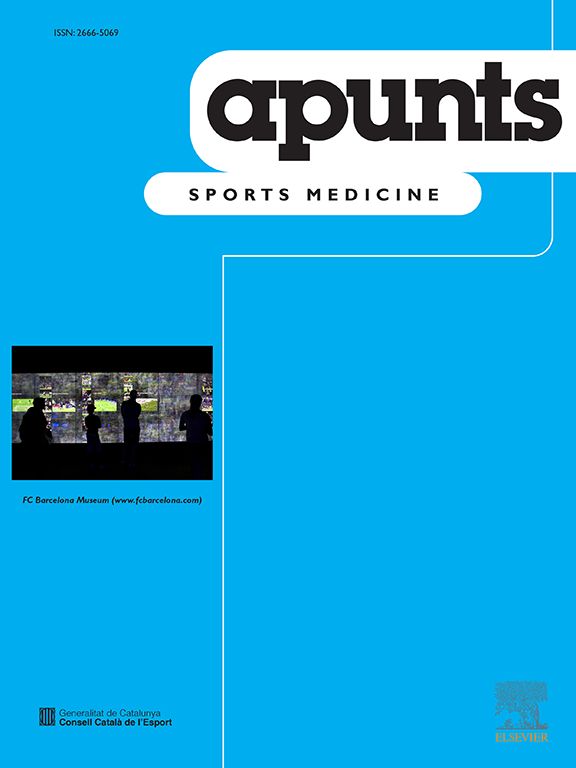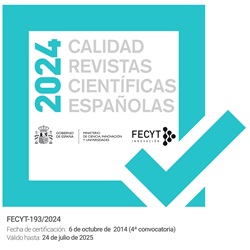Introduction and aims: The atmosphere in the abysses of the mountains of Garraf (Barcelona) have lower oxygen levels and higher CO2 concentrations with respect to normality. To evaluate the risk of speleological exploration in this area, we studied 19 cavers (14 men and 5 women) while performing controlled exercise in a hypercapnic, hypoxic and normobaric atmosphere (15.2 ± 0.8% of 299 O2 and 19,049 ± 299 ppmv of CO2). Methods: The study was performed in a laboratory through ergometry. Two identical tests were used: one in a standard atmosphere (NN) and another in a confined atmosphere (a hypoxic tent), with rarefied air (HH). The following parameters were monitored: electrocardiogram, heart rate, oxygen saturation of hemoglobin, lactate, capillary glycemia, and final blood pressure. Results: The volunteers had distinct symptoms during the test with rarefied air: heat sensation (100%), dizziness (47%), headache (3%), ocular pruritus (21%), hand tremor (16%), extrasystoles (16.5%), hypertonic blood pressure behavior (26%), tachycardia (158.5 ± 15.9 bpm in rarefied air versus 148.7 ± 15.7 bpm in normal air; p<0.0002). All participants showed reduced oxygen saturation (93.4 ± 3.4% in rarefied air versus 97.7 ± 9.92% in normal air; p<0.00004). Discussion: Wide individual variability was found in symptoms and the parameters studied. In view of the results of this study, we recommend that a threshold of 45,000 ppmv of CO2 not be exceeded in speleological exploration. Likewise, fitness assessment should be performed in individuals planning to enter confined atmospheres, such as the caves and abysses of this mountain.
The Impact Factor measures the average number of citations received in a particular year by papers published in the journal during the two preceding years.
© Clarivate Analytics, Journal Citation Reports 2025
SRJ is a prestige metric based on the idea that not all citations are the same. SJR uses a similar algorithm as the Google page rank; it provides a quantitative and qualitative measure of the journal's impact.
See moreSNIP measures contextual citation impact by wighting citations based on the total number of citations in a subject field.
See more




